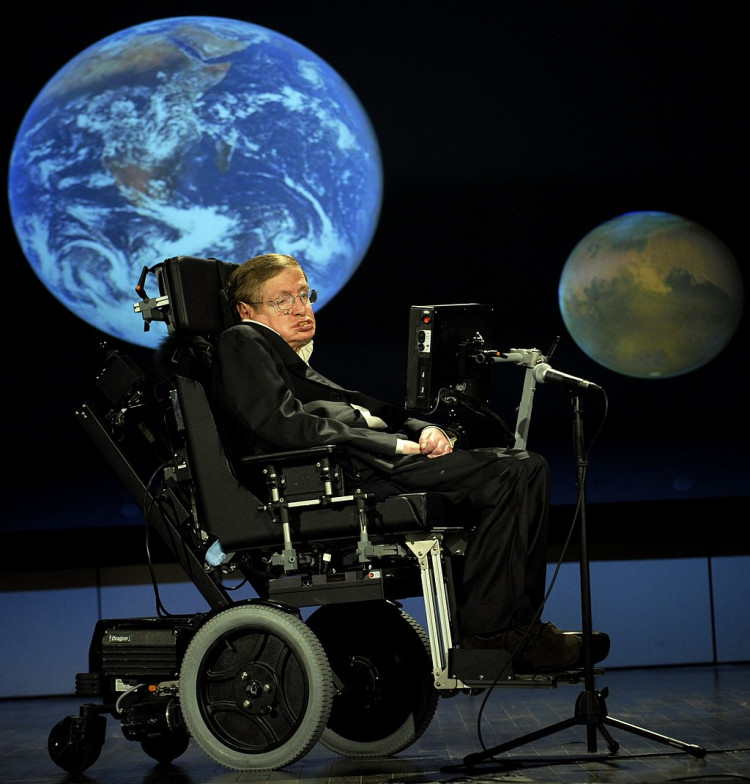What is inside Stephen Hawking's head? By looking at one of his old blackboards, a new exhibit at the Science Museum of London seeks to answer that question.
According to The Guardian, Hawking created the chalkboard doodles in 1980 while attending a symposium on superspace and supergravity at the University of Cambridge in the U.K.
While attempting to develop a cosmological "theory of everything" - a set of equations that would combine the rules of general relativity and quantum mechanics - Hawking's colleagues used the chalkboard as a welcome distraction, filling it with incomprehensible doodles.
The befuddling blackboard, which has been preserved for more than 40 years, has now gone on public display for the first time as the focus of a new exhibition on Hawking's office, which opened Feb. 10 at the Science Museum of London.
The museum will welcome scientists and friends of Hawking from all across the world in the hopes of deciphering some of the hand-scrawled doodles. Hawking died in 2018 at the age of 76.
Half-completed equations, puns, and drawings (featuring Martians and squids) are among the scribbles, as with mysterious terms like "stupor symmetry" and "Exxon supergravity."
We'll certainly try and extract their interpretations," Juan-Andres Leon, the curator of Hawking's office told The Guardian.
"We didn't want the display to be solemn, all heavy with trombones and swirling galaxies and things like that. We wanted it to be playful. He didn't take things too seriously and I don't think he'd have been such a celebrity if he didn't have that spark of fun about him."
The chalkboard joins dozens of other Hawking items on display, including a copy of the physicist's 1966 Ph.D. thesis on the expansion of the cosmos, his wheelchair, and a tailored jacket given to him by "The Simpsons" designers to honor his repeated appearances on the show.
The collection will be on display at the Science Museum in London until June 12 before moving to several other museums in the U.K.
Hawking was born on Jan. 8, 1942, in England. In 1963, he was diagnosed with motor neuron disease, often known as Lou Gehrig's disease or amyotrophic lateral sclerosis, (ALS) while studying cosmology at the University of Cambridge.
The scientist was only 21 years old at the time, and was only expected to live for two more years. He went on to live and worked for over five decades, releasing groundbreaking research on black holes, the Big Bang theory, and general relativity.






